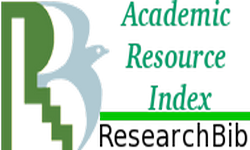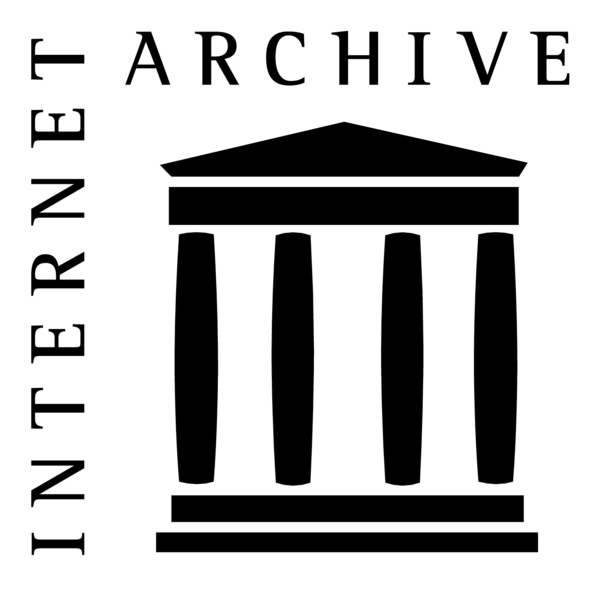Author: Davlatova, Mukhsina Yendir kizi
Annotation: This article explores the opportunities for applying translanguaging strategies through digital technologies in primary and secondary education. In the era of globalization and digitalization, technology has become an indispensable tool for enhancing teaching and learning processes. Translanguaging, as an innovative pedagogical approach, enables learners to use their full linguistic repertoire by combining their mother tongue with additional languages in order to strengthen comprehension, promote literacy, and improve communication skills. Digital technologies significantly expand the scope of translanguaging practices by creating interactive, multimodal, and learner-centered environments. The article highlights how digital tools such as mobile applications, online platforms, multimedia resources, and artificial intelligence–based learning systems can support translanguaging practices. For example, digital dictionaries, translation tools, and bilingual educational applications allow learners to connect concepts across languages in real time, thereby deepening understanding and reducing cognitive barriers. Furthermore, collaborative platforms and social media enable students to engage in multilingual communication beyond the classroom, fostering autonomy and creativity. At the same time, the paper discusses the challenges of applying translanguaging through digital technologies, such as unequal access to technological resources, insufficient teacher training, and the need for localized digital content. The study concludes that integrating translanguaging with digital technologies can serve as a powerful method for improving educational quality, promoting multilingual competence, and preparing learners for the demands of the modern knowledge society.
Keywords: translanguaging, digital technologies, multilingual education, literacy, communicative competence, innovation in teaching, digital learning tools, primary and secondary education, pedagogical strategies, inclusive learning.
Pages in journal: 518 - 524







